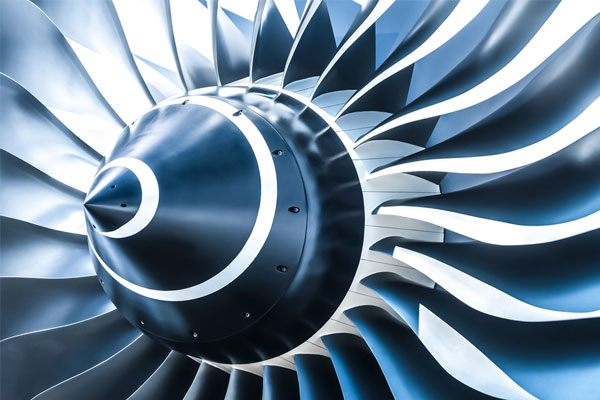Recent data highlights notable shifts in airline CO2 emissions since the emergence of COVID-19, revealing both increases and decreases across various routes. This analysis offers insights into changing emissions patterns and explores the factors driving these shifts.
Using data from aviation analytics firm Cirium, the study examines emissions per flight across different regions and aircraft types, showcasing the impact of reduced flight schedules and evolving aircraft technology.
In the past five years, CO2 emissions per UK domestic flight have risen by 18%. Yet, despite this increase, the total emissions from domestic flights saw an 11% decline over the summer compared to 2019. This can be attributed to a 25% reduction in domestic connections following the pandemic.
While there are fewer scheduled flights, total emissions have surpassed pre-pandemic levels, illustrating the significant impact of rerouted airspace.
These strategic adjustments underscore ongoing efforts to balance efficiency with environmental responsibility.
The retirement of older models like the Boeing 747 has played a crucial role in enhancing environmental efficiency.
This approach considers real-time operational information and flight conditions, offering more precise data.
Ongoing research and technological development remain critical in the pursuit of sustainable aviation.
The complex interplay of various factors, including geopolitical tensions and technological advancements, continues to shape the landscape of airline CO2 emissions. Future efforts in sustainability and efficiency will be vital in navigating these dynamic changes.
The analysis underscores the dynamic nature of aviation emissions, shaped by factors ranging from airspace restrictions to technological advancements. Continued focus on sustainable solutions will be crucial as the industry adapts to these shifting paradigms.

